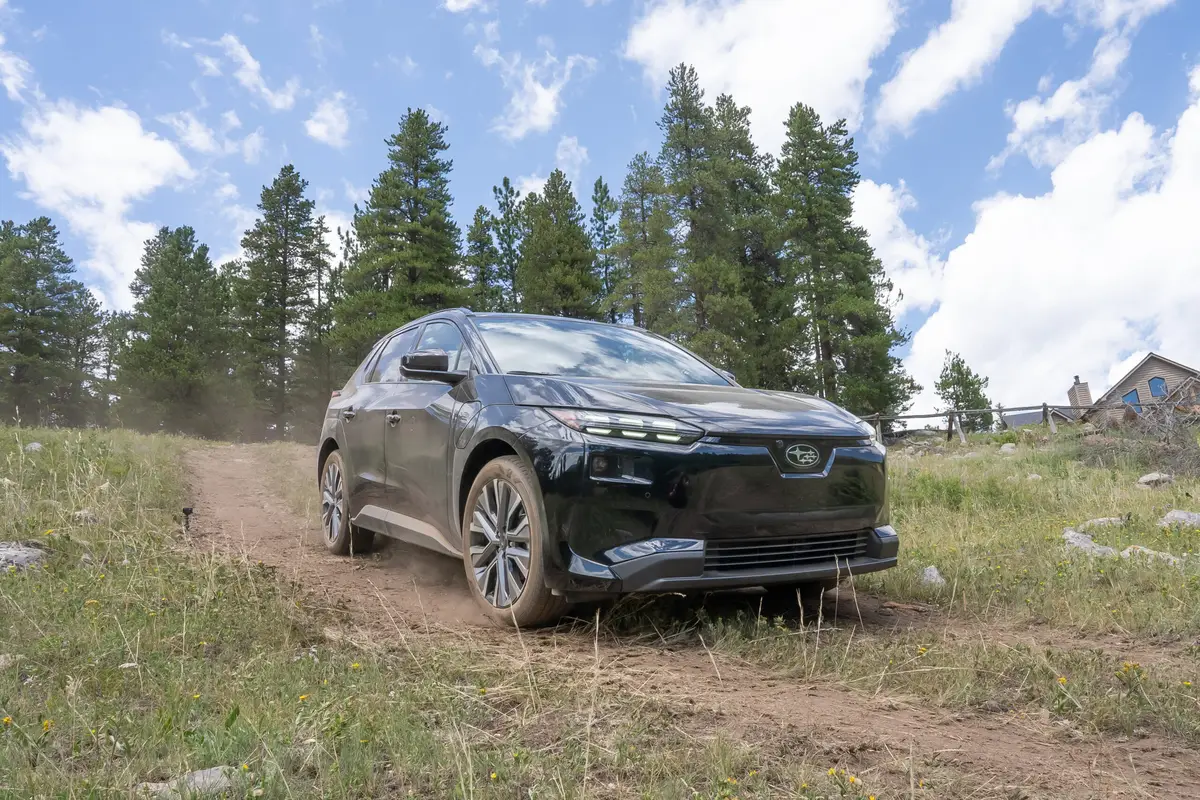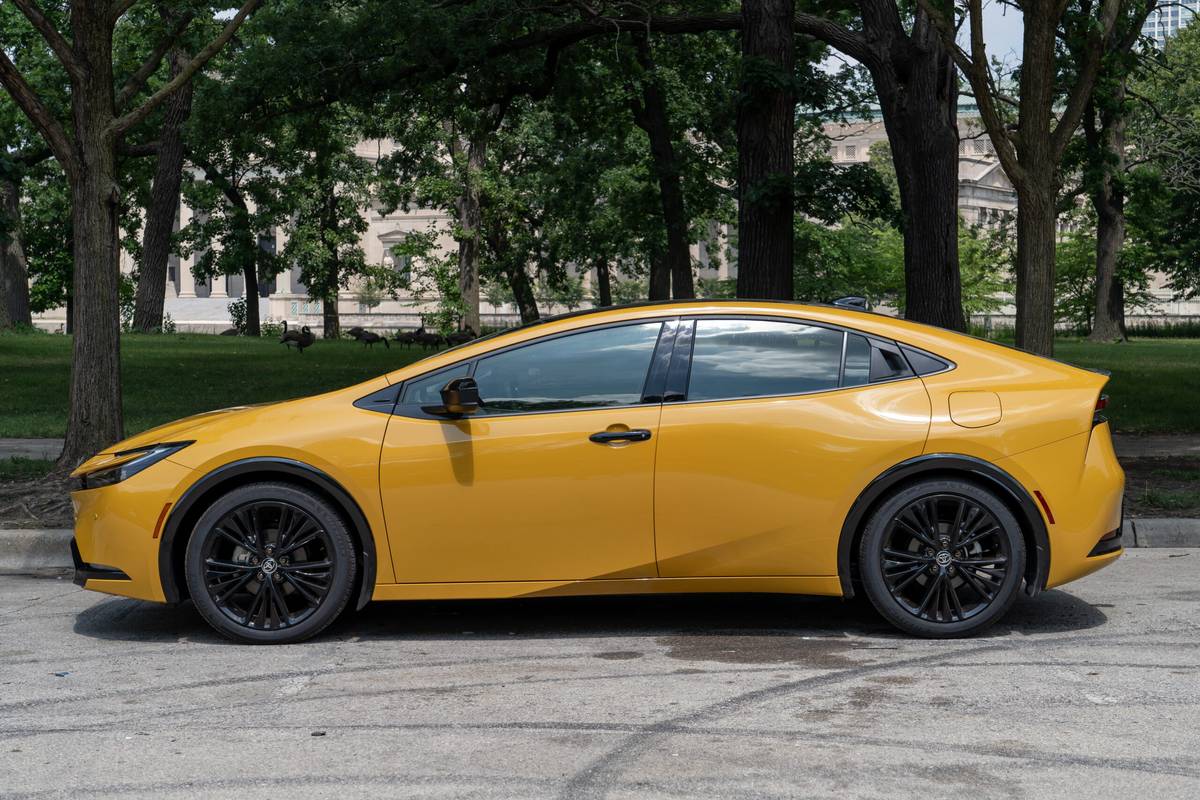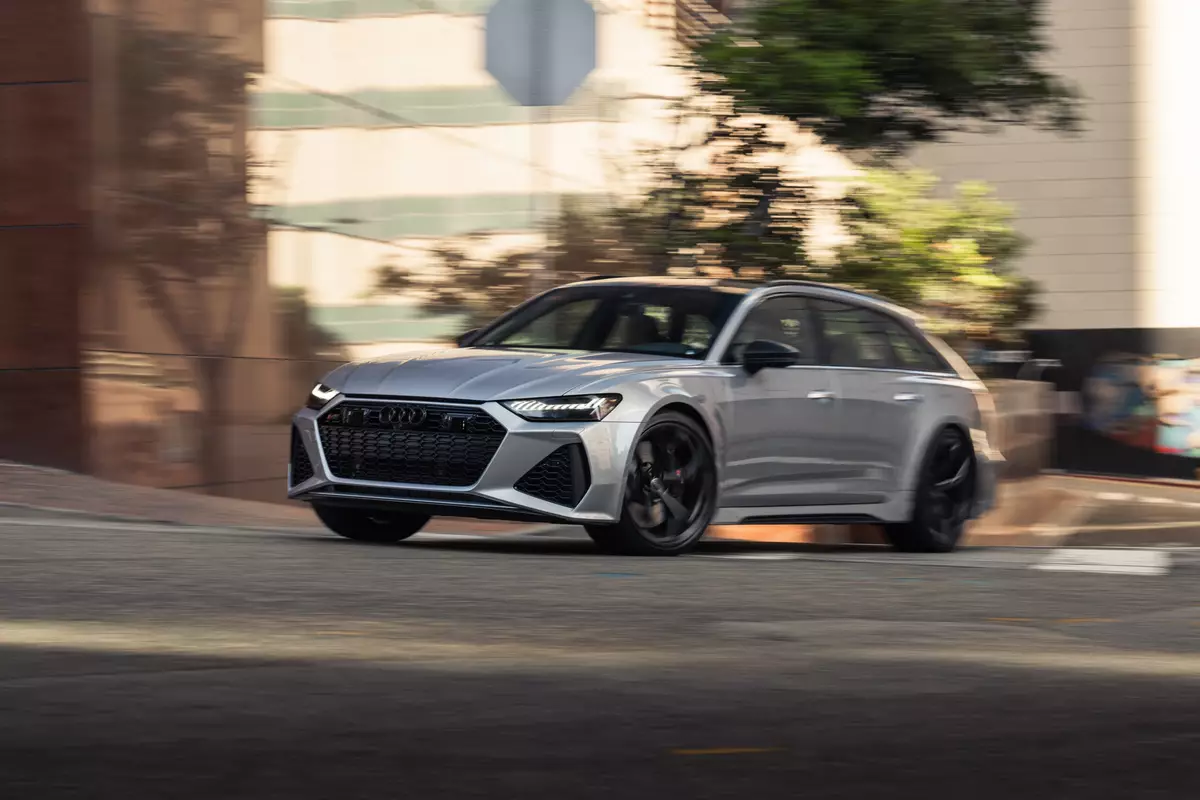Looking Back: 1958 Willys Jeep FC-170
Whenever one of Mark Stranahan’s two young sons rides in his pickup, the lad’s face becomes unusually serious.
There’s something prepossessing about being surrounded by 19 square feet of glass while sitting aloft over the front wheels. The cab is 79.3 inches tall.
Stranahan’s 1958 Willys Jeep FC-170 is unique. The FC part of the name designates “forward control.” This cab-over-engine design had long been applied to heavy-duty trucks, but Willys brought it to the light-duty market when its Jeep FC-150 compact truck was introduced on Nov. 27, 1956.
“They were narrow, underpowered, unstable and hard to work on,” said Stranahan, an architect in Ann Arbor, Mich. “They rusted. The bed was too short. They were primitive. I can show you some staggering examples.”
The longer and more powerful FC-170 followed on May 20, 1957.
The Jeep brand belonged to the Willys-Overland Co. after the longtime Toledo, Ohio, automaker churned out general-purpose military vehicles during World War II. Willys-Overland merged with Kaiser-Frazer Corp. in 1953, and although Willys passenger cars were phased out, Jeeps continued to be marketed for that make.
Wanting a piece of the growing market for light trucks, the company adapted the Jeep chassis, creating the tall cab and narrow pickup box on the existing mechanical layout. “It was an interesting idea to begin with and quickly proved to be a bad idea,” Stranahan said. “But they stubbornly, doggedly stuck with it.”
FC-series trucks were produced through 1964, but never in large quantities. One source shows 9,796 FC-170 units produced in the first full model year of 1957. They were almost equally divided among regular pickups, stake-bed trucks and cabs sold with bare chassis that were later fitted with dump boxes, wreckers or other utility bodies.
Farmers, service station operators and rural fire and rescue departments were ready customers. While the configuration is nose-heavy — or, as Stranahan puts it, “The center of gravity is ridiculously far forward” — the FC-170 is pretty much unstoppable in snow when four-wheel drive is engaged, making it an excellent plow vehicle.
Stranahan, whose parents came from the Toledo area, is a Jeep enthusiast from his days growing up in Woody Creek, Colo. “I misspent my youth driving around in Jeeps instead of dating or doing homework,” Stranahan said.
He once drove a Jeep backward over Aspen Mountain in order to win a bet. He claims the ability to work on a Jeep that’s halfway under water. “They have five moving parts, all bigger than your head, and you could build one out of baling wire,” he said.
The FC-170 turned up in an Auto Trader ad placed by an Oklahoma party. Whereas the pickup sold for $2,508 new, Stranahan paid $4,000. He thinks the purchase occurred in 2000.
The truck was shipped to Ann Arbor. Getting his first look at it, Stranahan decided he’d paid “about $3,200 too much. It was worse than I thought.” The body was heavily rusted, and the seller hadn’t mentioned the engine’s broken exhaust manifold. Stranahan spent months in his driveway trying to extract the manifold bolts.
The truck hulked there until eventually finding its way to Rick De Michele, proprietor of Body Alternatives in Milan, about 15 miles south of Ann Arbor. It was the beginning of a multiyear process characterized by what Stranahan calls “scope creep.” In other words, the scope of the project kept expanding.
The restorer of many cars and creator of various custom street rods, De Michele recalls the FC-170 being “pretty trashed. There wasn’t a nut or a screw or a bolt that didn’t need addressing.”
He completely disassembled the FC-170. The manifold bolts came out after patiently heating them with a torch and applying plenty of penetrating oil.
De Michele refashioned the cab by hand, tipping it on its sides, its nose or even standing it on its top while welding in new panels and hammering out the compound curves. The two-tiered, 109-inch cargo bed was reconstituted from three different shorter ones.
“So many bits and pieces had to be hand-fabricated,” De Michele said.
Desert beige and willow green tones were chosen for the paintwork. Of the latter, Stranahan says, “I had this color in mind. It’s almost like the old Forest Service, federal-color truck that they had 50 years ago out West.”
He recalls the day when he first drove his FC-170. “It just was silly. I had one of those silly grins that I couldn’t take off my face,” Stranahan said. The truck glittered in the sun as he played with his new toy. “I felt like I wasn’t able to stay in my adult self because it was fun, and I was excited and smiling.”
The FC-170 came home to northwest Ann Arbor last summer and has since covered about 500 miles. Although he hasn’t entered it in a show, it’s a show-stopper, as evidenced when he comes anywhere near a crowd of people.
Then, his sons’ faces aren’t the only awestruck ones.

Featured stories

2026 Subaru Solterra Review: Necessary Improvements


2025 Toyota Prius Review: Big on Mileage, Small on Space


